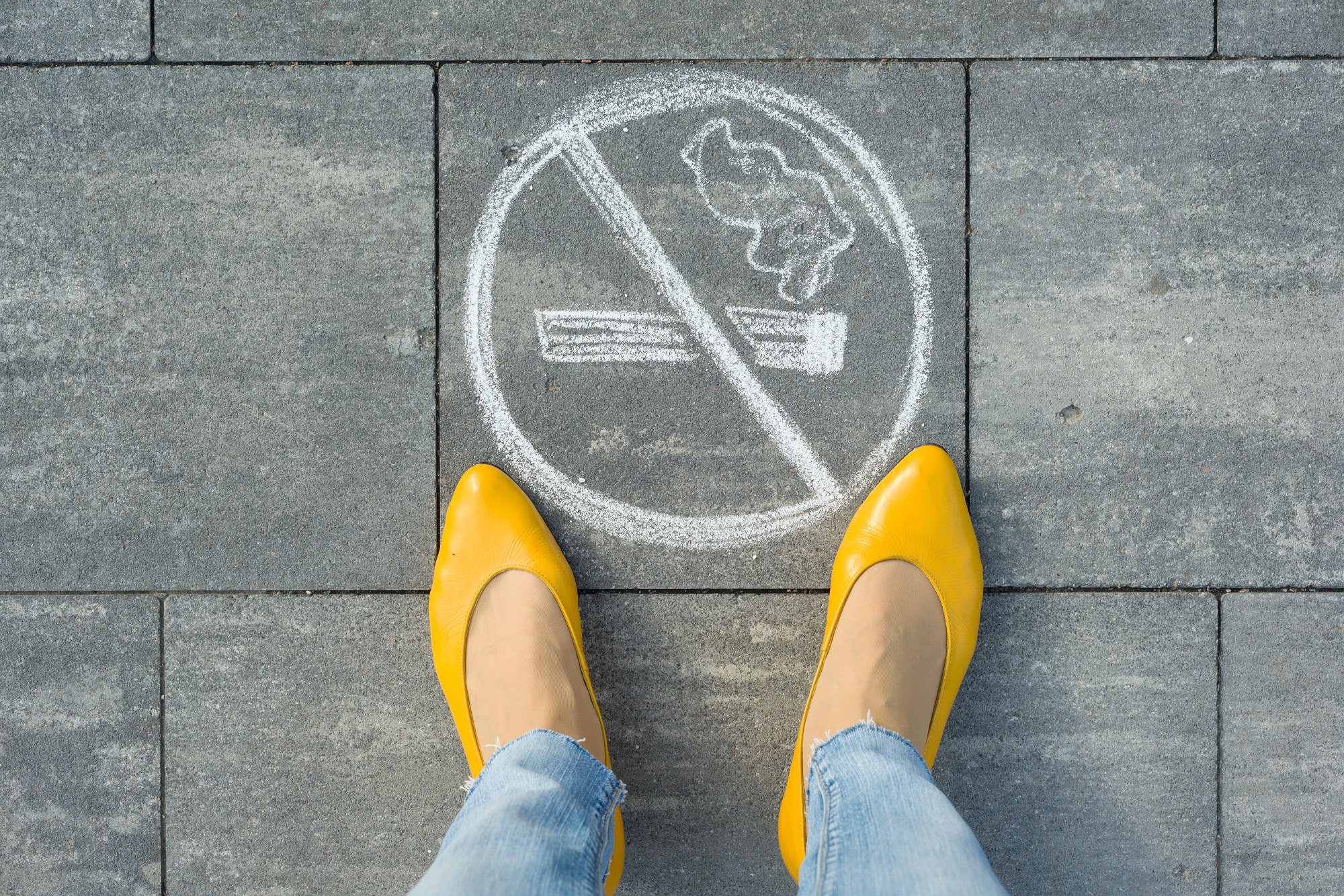
How to Quit Smoking
September 15, 2022In the 20th century, smoking was widely accepted among Americans. It was leaned on for a variety of reasons, from overcoming boredom to maintaining anxiety, to simply wishing to appear sophisticated. By the 1960s, about 42% of Americans were regular smokers.
That number has drastically declined over the years. As of 2020, it was down to 12.5% 2020. For older adults over 65, that number is down to 8.3%— an impressive statistic, given the numbers of their youth. While the decreased numbers are a great trend, there are still millions of older Americans who haven’t quit the habit, and it is crucial they do. Smoking is linked to several conditions seniors already struggle with, including infections, poor circulation, pulmonary problems, heart attack, and stroke.
Half of the battle, however, is learning how to quit smoking. No two seniors will find success using the same tips and tricks. Rather, it’s through trial and error that you will find what works for you. Consider these tips as you go on your journey of quitting smoking.
Stop smoking with START
START is an acronym that serves as a great guide for setting a quitting plan. As you start your path of eliminating the habit, remember to:
- S—Set a quit date. Choose a date to officially stop smoking so you can properly prepare for quitting. This may mean weaning off or purchasing nicotine patches.
- T—Tell friends and family that you are quitting. Let all the important players in your life know that you are quitting. They can not only encourage you but remember not to have any temptations when you’re around.
- A—Anticipate potential challenges. After a few months of trying, many people pick up the habit again. Try not to fall into that trap by preparing for challenges such as nicotine withdrawal and cigarette cravings.
- R—Remove cigarettes and tobacco products from your life. Quitting is about more than throwing your cigarettes away. Get rid of any reminders of the habit, such as lighters and ashtrays. Have your clothes and linens cleaned to remove the smell.
- T—Talk to your doctor. Your doctor can help you prepare for the problems that come with quitting. They can even prescribe medication for withdrawal symptoms.
Identify and avoid triggers
Keep a craving journal where you can identify what it is that triggers them. Write down what time it was, what you were doing, who you were with, where you were, and how intense the cravings were. Do this leading up to when you quit so that once the day finally comes, you can already determine how to overcome it.
Some common triggers are while sipping a drink or while feeling stressed. So, when in those situations, keep something nearby to occupy you, such as writing in a notebook or even chewing gum.
Find a distraction
Distractions are a great way to avoid your cravings. When the need to smoke cigarettes strikes, find something to replace the habit. For some people, exercise might be the answer—whether it’s a full-body workout or simply walking up and down the stairs a few times.
When mobility is an issue, taking a new hobby might be the solution to your problem. Painting, sewing, and cleaning are all great options to occupy your hands when an urge to smoke strikes.
Don’t have “just one”
If a craving is particularly difficult, you may think it would be better to just give in and have one cigarette. This is not the case. More often than not having “just one” is not that simple. You are likely to fall back into your old habits and lose whatever progress you’ve made.
Think about the positives
As you struggle through withdrawals and cravings, it can be difficult to see the light at the end of the tunnel. During difficult moments, however, it is important to try to remember the reasons you’ve chosen to quit. Even if you’re in your 60s or 70s, you will still reap great health benefits, such as:
- Your heart rate and blood pressure will lower to normal levels
- You will smell and taste better
- Your pulmonary and circulatory system will operate better
- You will feel less out of breath
- Your chance of heart attack or stroke will lower
- Your chance of getting cancer will lower
Reward yourself for overcoming cravings
It’s difficult to avoid cravings as they come. You should be proud of yourself when you successfully fight them off—and what better way to do so than to reward yourself? Make sure this reward is something truly special so it feels like a greater achievement. For instance, if you have a favorite candy keep a bag of it in your home. Each time you fight a craving, reward yourself with a piece.
Don’t forget to reward yourself at important milestones, like one month, three months, six months, and a year. Whether these rewards are eating at your favorite restaurant, splurging on a purse, or going on a short trip, make sure these rewards are truly impactful.
Home caregivers can help ease the struggle
While an in-home caregiver can’t magically remove the addiction, they can help make your life easier as you navigate the process. Your caregiver can run errands for you, such as picking up a treat when you beat a craving or filling a prescription. They can prepare healthy, delicious meals, and even assist with light housekeeping. This way, you can focus on quitting smoking for good.
Home Care Powered by AUAF works with you to create a plan of care that best fits your life. For more on our services, call us at 773-274-9262.
Articles:
-
How to Use FaceTime: a Senior’s Guide
March 20th, 2024 -
The Best Organic Cleaning Products for Caregivers
March 19th, 2024 -
Celebrating St. Patrick’s Day with Seniors
March 14th, 2024 -
Intellectual Activities for Seniors to Keep their Brains Stimulated
March 13th, 2024 -
Tips for Communicating with Seniors with Hearing Loss
March 12th, 2024 -
How to Learn a New Language as an Older Adult
March 7th, 2024 -
Foods that Support Bone Health in Seniors
March 6th, 2024 -
A Note to Our Staff for Caregiver Appreciation Day
March 1st, 2024 -
The Importance of a Senior/Caregiver Bond
February 21st, 2024 -
Recreational Sports as Fitness for Seniors
February 27th, 2024 -
Exploring the Wonders of Reminiscence Therapy
February 15th, 2024 -
Staying Educated on Alzheimer’s Disease and Dementia Care
February 14th, 2024
Call Now! 773.274.9262







